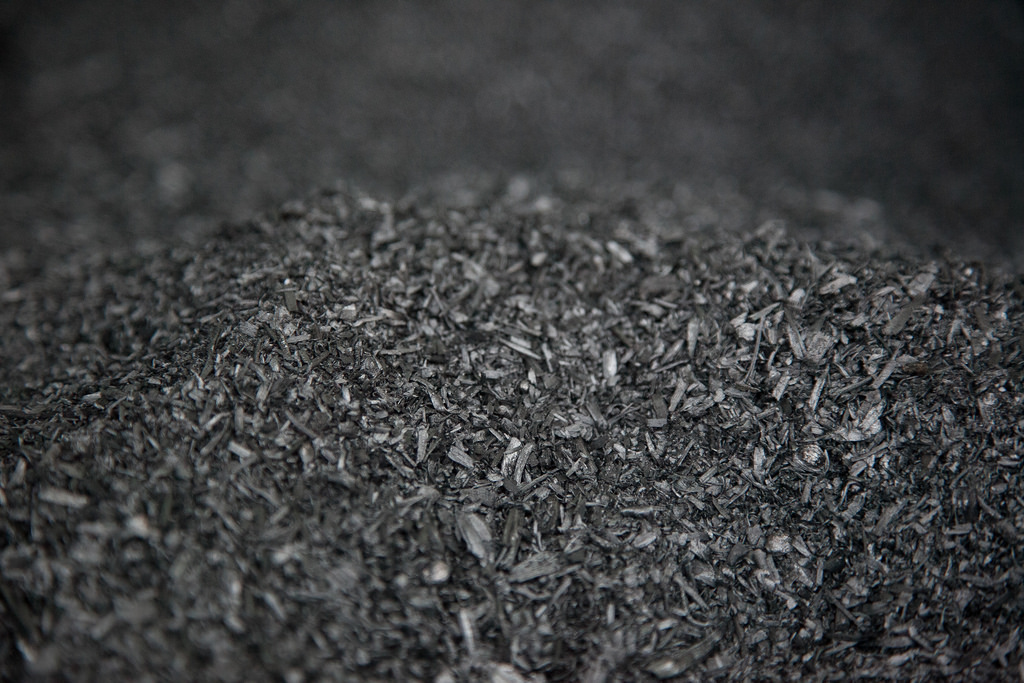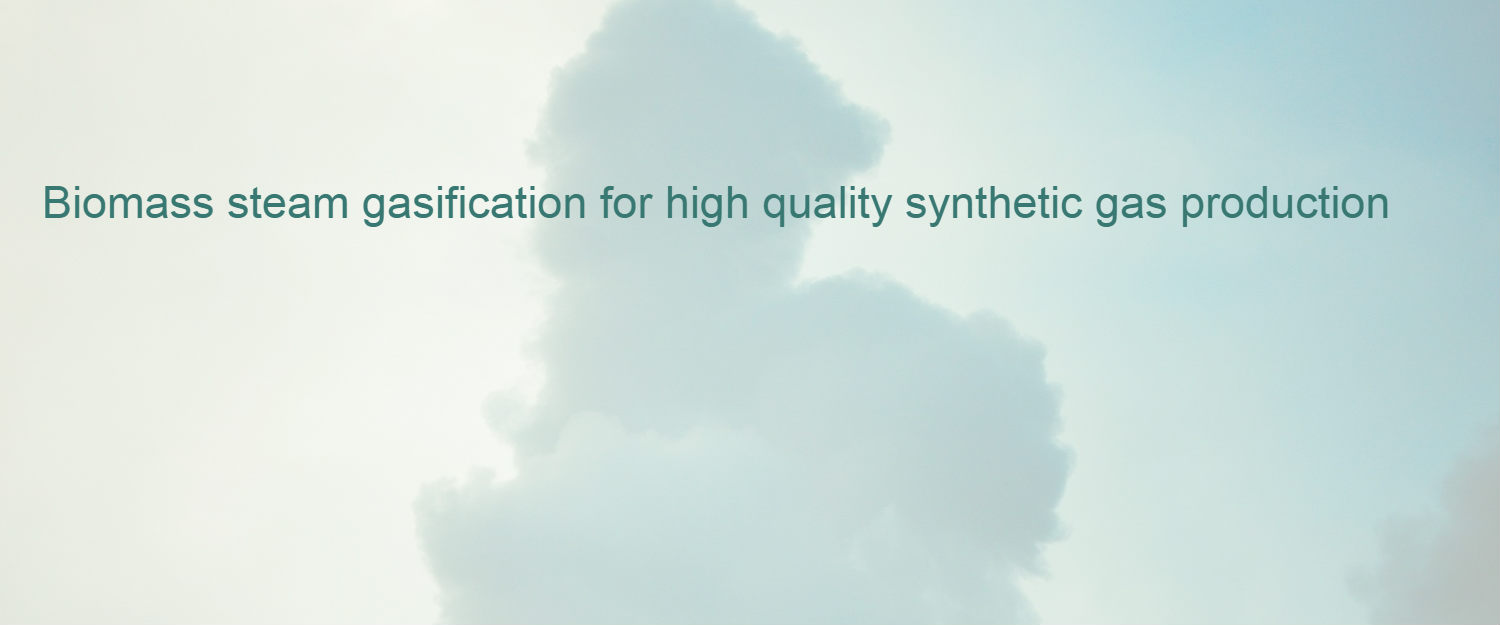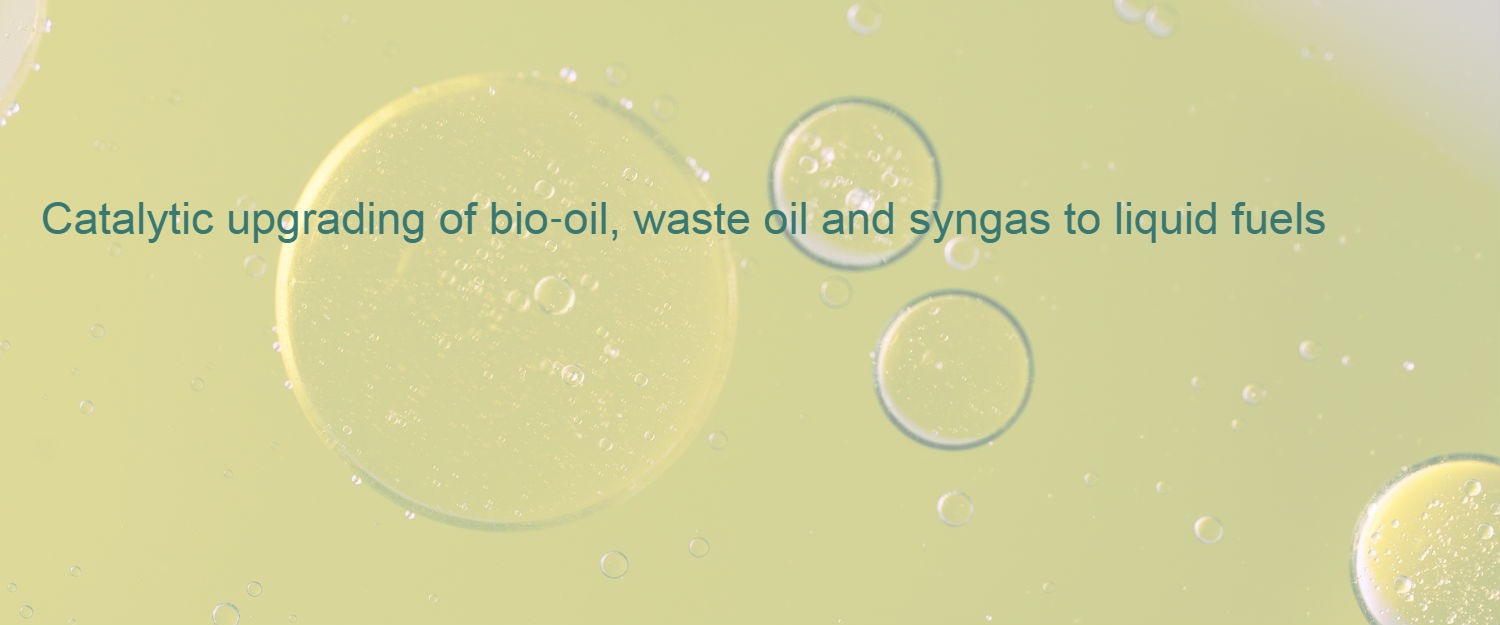Current Research Topics
Catalytic Tar Cracking
Visiting scholar: Dr. Zhiguo Zhang, Professor, Department of Energy and Environmental Systems Engineering, Zhejiang University of Science and Technology
Hosting professor: Dr. Xiaotao Bi, University of British Columbia
Project introduction:
The elimination of tar in biomass gasification processes plays a significant role in improving the efficiency of the gasification system, and the management itself will pose a great effect on the final commercialization. With the condensation of tar, it will not only erode reactors, but also affect the subsequent reaction process. So it is indispensable to handle with the tar through the gasification processes. In this study, we developed a new cheap active catalyst, use naphthalene as the biomass gasification tar model compounds, catalytic tar cracking experiments are reacted in a fixed-bed micro-reactor. Experimental results show that the catalytic activity of the new catalyst is excellent. Therefore, the new catalyst has potential application in industry.
Torrefaction process of biomass in pulse fluidized bed reactor
Exchange student: Chao Qu, Master student
Supervisor at home university: Associate Professor Jidong Wang, Beijing University of Chemical Technology
Supervisor at visiting university: Professor Xiaotao Bi, University of British Columbia
Project introduction:
The survival and development of modern society are highly dependent on energies. At present, most of the energies are fossil energies coming mainly from coal and petroleum. The depositions of fossil energies are not unlimited and not renewable. The continuous consumption over the past centuries has led to the depletion of fossil energies. The petroleum crises in the last century have alerted us that finding renewable energies is urgent for the sustainable development of our society.
Biomass energy, due to its clean and renewable characteristics, can be one of the solutions to replace the fossil fuels. The rapid development in scale and commercialization of biomass energy in recent years demonstrate that biomass energy has a prosperous future and will play an important role in the next energy structure.
Biomasses, however, are structurally heterogeneous, physically non-uniform and hydrophilic with low energy density and usually high moisture content. These characteristics of biomass impose problems in the handling, transportation and storage. Also it is necessary to convert them into high-energy products. For addressing the above problems, biomass can be torrefed to reduce its moisture, to improve its physical properties and to increase its density of energy.
Torrefaction is a thermochemical treatment process which is similar to roasting or mild pyrolysis. In this project, the torrefaction of biomass in a pulse fluidized bed reactor will be studied. Upon torrefaction, the biomass will be converted to a material that has lower moisture content, high energy density and good grindability for efficiently handling, transportation and storage.
The experimental study and numerical simulation on hydrodynamics and mass transfer in novel baffled catalyst stripper
Joint PhD student: Yongshi Liang, PhD candidate
Supervisors: Professor Chunxi Lu and Professor Yongmin Zhang, China University of Petroleum, Beijing
Co-supervisor: Professor Xiaotao Bi, University of British Columbia
Project introduction:
In petroleum refineries, fluid catalytic cracking (FCC) process continuously plays an essential role as a main approach to convert the heavier feedstock to lighter products, such as gasoline and diesel oil. As the primary part in a FCC unit, the reaction-regeneration system adopts a wide flow regime of fluidized beds. The spent catalyst stripper in this system is a typical bubbling fluidized bed reactor. It is designed to use high-temperature steam to recover the light hydrocarbons entrained and adsorbed in interstices and internal pores of the catalyst particles. High efficiency of catalyst stripping can increase the yield of valuable products. Various internal baffles are installed in commercial FCC strippers to enhance gas-solid contact which contributes to a higher stripping efficiency. Disc-donut baffle is commonly installed in commercial FCC strippers. However, problems also exist in the disc-donut stripper. It is criticized for its small flowing area due to the block of the disc and donut baffles resulting in poor operational flexibility. It is also criticized for its large invalid stripping areas i.e. void area beneath the baffle and defluidized area above the baffle. Packed strippers were proved to better address these problems as reported in literature. Their baffles are usually composed of different structural small internals dividing the whole flowing area of the stripper into several or dozens of small units, which effectively lead the gas-solid flow and break the big bubbles into smaller ones. In this pattern, the entire space in the stripper can be utilized which largely eliminates the defluidized area and improves the overall gas-solid contacts at the same time. The objective of this research is to develop a novel packed stripper suitable for FCC unit. Furthermore, comparisons of gas-solid hydrodynamics and mass transfer among different types of strippers will be made through experimental and simulation methods, which intends to investigate the role of baffles in the strippers.








































